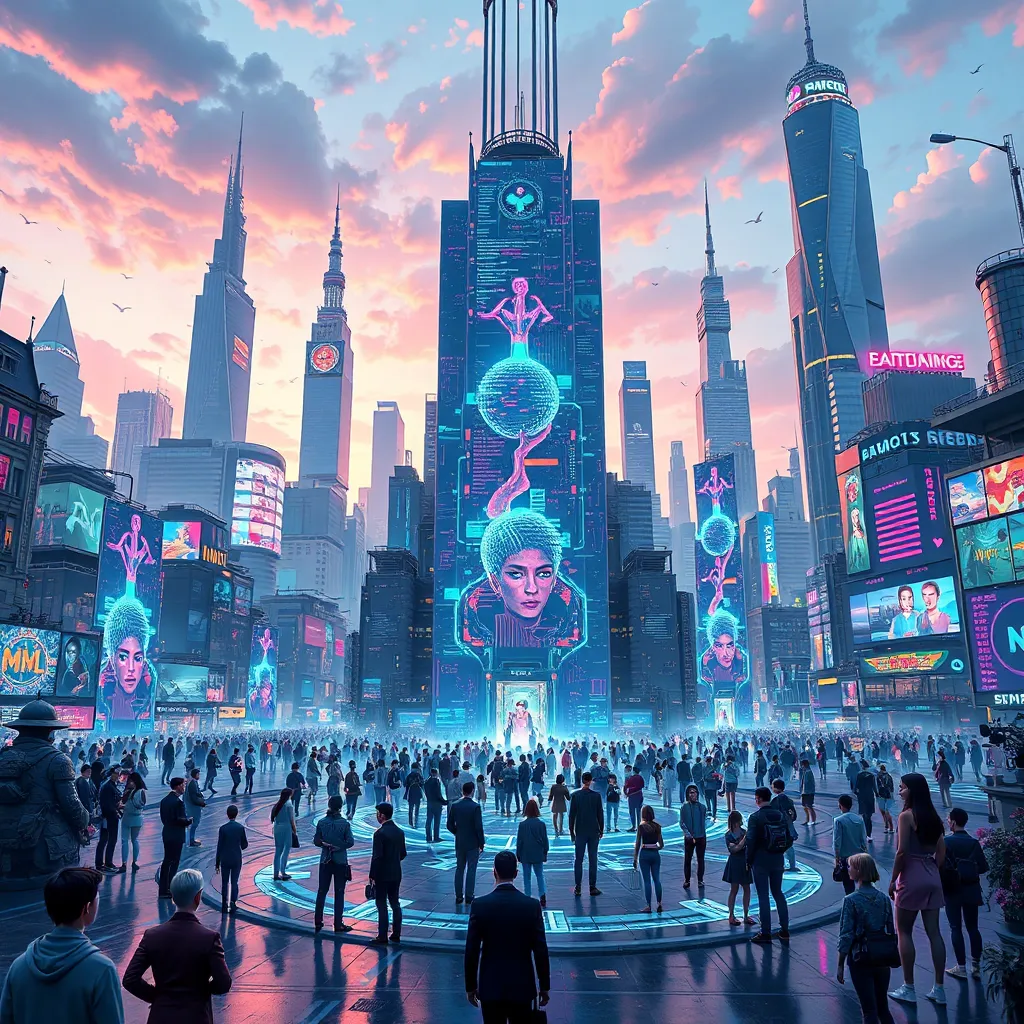The Symbiotic Rise of the Metaverse, Python, and Artificial Intelligence
The metaverse, a persistent, shared, 3D virtual world, is rapidly evolving, fueled by advancements in artificial intelligence (AI) and programming languages like Python. This convergence is creating a powerful synergy, driving innovation across diverse sectors and promising to reshape our digital interactions. This article explores the crucial role of Python and AI in building and powering the metaverse, highlighting their individual contributions and their combined impact.

Python: The Architect of the Metaverse
Python’s versatility and readability make it a cornerstone of metaverse development. Its extensive libraries and frameworks simplify complex tasks, accelerating the creation of immersive virtual worlds. Let’s delve into its key contributions:
-
Game Development: Frameworks like Pygame and Panda3D provide powerful tools for creating interactive 3D environments. Python’s ease of use allows developers to focus on game mechanics and user experience rather than getting bogged down in low-level programming details. This accelerates the development cycle and enables the creation of richer, more complex metaverse experiences.
-
Backend Infrastructure: Python powers the server-side logic that manages user interactions, data storage, and communication within the metaverse. Frameworks like Django and Flask provide robust tools for building scalable and secure backends, capable of handling the massive data flows and concurrent users characteristic of virtual worlds.
-
Data Analysis and Visualization: Python’s data science libraries, including NumPy, Pandas, and Matplotlib, are instrumental in analyzing user behavior, optimizing metaverse performance, and visualizing complex data sets. This data-driven approach helps developers understand user preferences, identify bottlenecks, and improve the overall metaverse experience.
-
AI Integration: Python’s seamless integration with AI libraries like TensorFlow and PyTorch is crucial for incorporating intelligent features into the metaverse. This enables the creation of sophisticated AI-powered agents, personalized experiences, and dynamic virtual environments.

Artificial Intelligence: The Brain of the Metaverse
AI is not merely a supplementary technology in the metaverse; it’s the driving force behind its intelligence and dynamism. AI’s impact spans several key areas:
-
Procedural Content Generation: AI algorithms can generate vast amounts of realistic and diverse content, including landscapes, buildings, characters, and objects. This significantly reduces the workload on developers, enabling the creation of expansive and ever-evolving virtual worlds.
-
Personalized User Experiences: AI analyzes user behavior and preferences to deliver tailored experiences. This includes customized avatars, interactive storylines, and dynamically adjusting game difficulty. The result is a more engaging and immersive experience for each individual user.
-
Intelligent Non-Player Characters (NPCs): AI-powered NPCs exhibit realistic and unpredictable behaviors, making interactions within the metaverse more engaging and lifelike. These NPCs can act as guides, companions, or even adversaries, enhancing the overall narrative and gameplay.
-
Natural Language Processing (NLP): NLP enables more natural and intuitive interactions between users and the metaverse. Voice commands, conversational AI, and real-time language translation enhance accessibility and immersion.
-
Computer Vision: Computer vision algorithms allow the metaverse to understand and respond to the real world. This enables augmented reality experiences where digital objects seamlessly blend with the physical environment.

The Synergistic Power of Python and AI in the Metaverse
The combined power of Python and AI is transformative. Python provides the robust infrastructure and tools to build and manage the metaverse, while AI breathes life into it, making it intelligent, dynamic, and engaging. This synergy is evident in several applications:
-
Advanced Game AI: Python’s libraries, coupled with AI algorithms, enable the creation of sophisticated game AI, including realistic physics engines, adaptive difficulty levels, and complex NPC behaviors.
-
Real-time Translation and Communication: Python handles the backend infrastructure for real-time translation, while AI algorithms power the translation engine, breaking down language barriers in the metaverse.
-
Personalized Avatars and Environments: Python builds the framework for creating and managing avatars, while AI algorithms personalize their appearance and behaviors based on user preferences. Similarly, AI generates and adapts environments based on user interactions.

Conclusion: A Future Shaped by Collaboration
The metaverse is not a distant fantasy; it’s a rapidly evolving reality. Python and AI are integral to its development, providing the tools and intelligence needed to create immersive, engaging, and dynamic virtual worlds. As these technologies continue to advance, their symbiotic relationship will only strengthen, driving further innovation and shaping the future of digital interaction. The collaborative potential of Python and AI promises a metaverse that is not only technologically advanced but also deeply personalized and meaningfully engaging for all.






